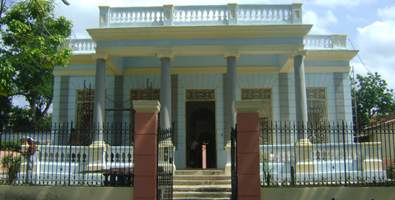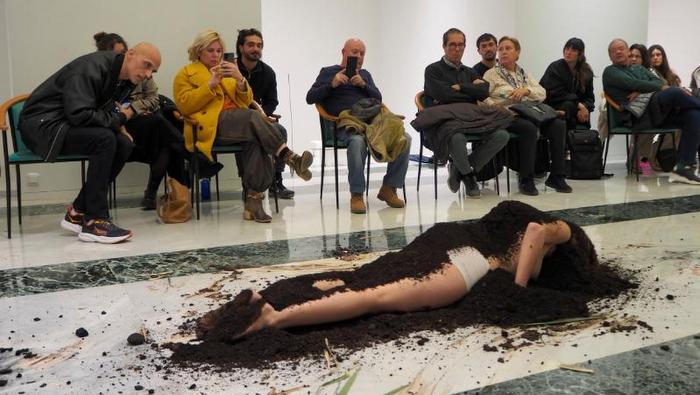By: Martha Cabrales
The Cuban musical city per excellence prepares its Museum on this artistic expression, as part of the actions to celebrate its 500th anniversary and pay tribute to an unforgettable legacy, according to sources from the Ministry of Culture.
With this move, the institution fulfills the demand of Santiago-based musician, authorities and music experts that have studied those contributions to the national musical culture since the 18th century when Esteban Salas, labeled as the father of Cuban music, composed those foundational pieces at the chapel.
The Museum, nestled in Manduley Avenue, is going to be named after Pablo Hernandez Balaguer, an outstanding musicologist that, during his studies of the archives at the Cathedral, contributed with documentary support on that chapel of music and Alejo Carpentier’s work.
With five exhibition halls on concert, instrumental and choral, traditional popular and traditional danceable music, the property will treasure valuable heritage, with the history of figures of the easternmost region of Cuba, who have enriched the cultural heritage of the country.
The hall that has been named after Dulce Maria Serret, a remarkable music professor that left her mark on icons of the country’s sonorous scene, has been prepared to host concerts, lectures and workshops, while the documentation area will give access to a magnificent testimonial treasure.
Described as the cradle of trova, son and bolero, the city stands out because of such emblematic places as Casa de la Trova, and events that annually pay homage to paradigms Sindo Garay, Ñico Saquito, Compay Segundo, Ibrahim Ferrer, Matamoros trio and more stars that were born in this territory.
Santa Ifigenia Cemetery, a National Monument, houses the mortal remains of famous figures of Cuban music, and the city dedicates this museum to them.
Source: http://www.caribbeannewsdigital.com
Previous publication Concert of Cuban artist Yaíma Sáez highly praised in Canada
Next publication Major Activities to Celebrate Santiago de Cuba’s 500th Anniversary Announced















